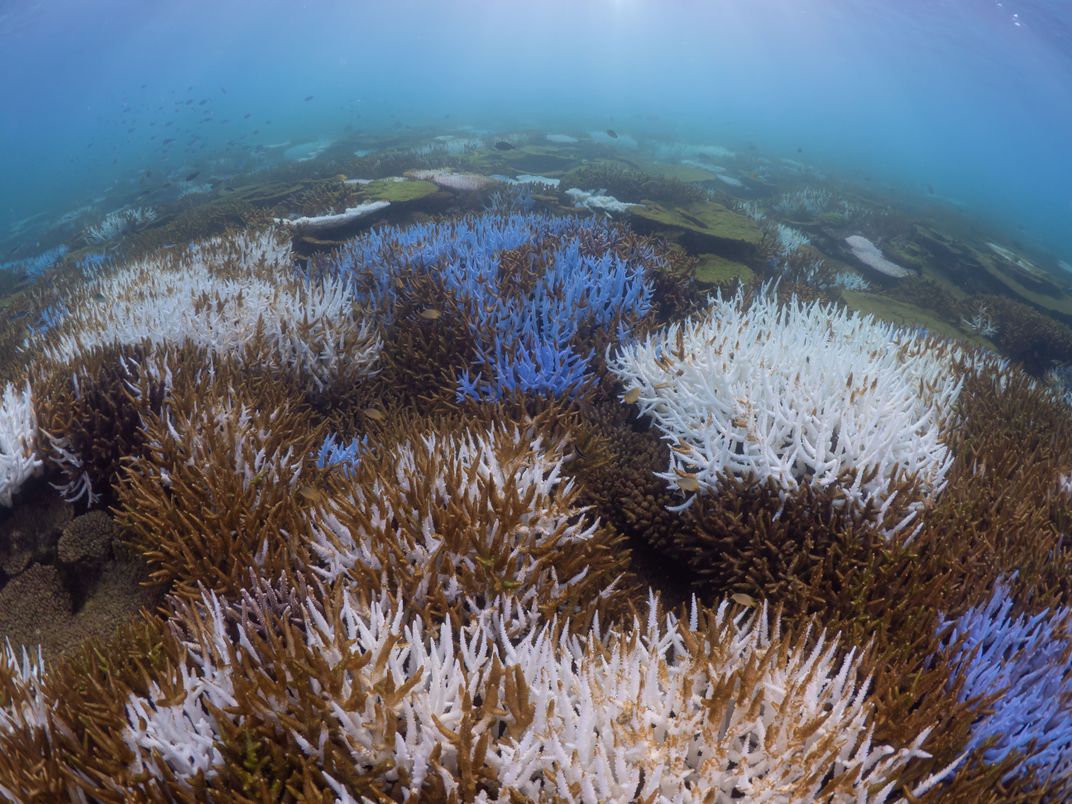As a role of coral, it is the cradle of the coral ecosystem. It is a place that supports a lot of biodiversity. It has a deep connection with humans and has continued from ancient times to the present day. An island surrounded by coral reefs protects people's lives from typhoons and strong winds as a natural breakwater. Even now, it is a place that provides abundant marine resources, and the economic effect of tourism is immeasurable. Since the 1998 report of the global large-scale coral bleaching event, the marine environment has changed at an accelerated pace until recent years. Corals continue to face severe environmental degradation, such as rising sea temperatures due to climate change, the effects of ultraviolet rays due to sea level changes, topographical changes due to modern development, and deterioration of water quality due to runoff of soil substances and herbicides. On the island where I live, the arrival of the typhoon was delayed this summer. The water temperature continued to rise. From the end of July, the number of days when the seawater temperature in the shallows exceeded 35°C increased, and in just two to three weeks, the abundant coral reefs rapidly bleached and the scenery changed completely. In recent years, large-scale coral bleaching has occurred repeatedly, and the situation is such that recovery cannot keep up. It is feared that the rich coral reefs will be lost if this continues. I decided to see bleached coral reefs with my own eyes, report on the situation, and take action that would lead to global ocean conservation.
| Date Uploaded: | 11.2022 |
| Photo Location: | Ishigaki City, Japan |
| Camera: | E-M1MarkII |
| Copyright: | © AKIRA NANJO |

